Fort Ticonderoga: A Key Component in America’s Quest for Independence
Fort Ticonderoga in upstate New York is arguably the best-preserved fort from the 1700s in North America. It was the site of several engagements in both the French and Indian War and the American Revolution. Its military significance is matched only by the natural beauty that surrounds the site.
Lake Champlain Watershed
The original fort was constructed by the French in 1755 at the south end of Lake Champlain and was called Fort Carillion. It was built to prevent a British invasion of New France (present-day Canada) from the south (New York). It also supported another French strongpoint, Fort St. Frederic, about 15 miles further north on Lake Champlain. One look at a map will explain why this area was fortified.
From British controlled New York City, English forces could travel in a relatively straight shot up the Hudson River and across Lake Champlain to the St Lawrence River and New France. From here, an invading army would be within 100 miles of both Quebec City and Montreal, the two largest French towns in North America.
During the French and Indian War, several engagements were fought at this location. By war’s end in 1763, British forces had prevailed, and they changed the name of Fort Carillion to Fort Ticonderoga and Fort St. Frederic to Fort Crown Point.
By 1775, due to a shortage of soldiers in North America, the English garrison at the fort had fallen to about fifty men. After the Battle of Lexington and Concord on April 19, there was no turning back from our fight for independence. Consequently, many American eyes turned to places of military significance including Ticonderoga and Crown Point.
One such group was the Green Mountain Boys, a militia unit in present-day Vermont. It was formed in 1770 under the leadership of Colonel Ethan Allen to defend the region from Indian attacks. These hardy men, on their own, decided it might be a good idea to capture Fort Ticonderoga and its large arsenal of cannons and military supplies.
About the same time, Benedict Arnold, a civilian who was familiar with the fort, had received a Colonel’s commission from the Massachusetts Committee of Safety. He gained their approval to recruit 400 men to attack Ticonderoga. However, upon learning that the Green Mountain Boys were already on the move, Arnold headed north, without any men, as fast as his horse could take him so he could get in on the action.
Not surprisingly, these two Colonels with oversized egos, argued over who would direct the fight at Ticonderoga and collect the glory. As it turned out, they loosely shared the command when they attacked on the morning of May 10, 1775.
The sleepy garrison had only one sentry and he was quickly dispatched. The remainder of the British troops surrendered without much of a fight, in fact no one on either side was killed in the assault. The nine English soldiers stationed at nearby Fort Crown Point were easily subdued by a different contingent of Green Mountain Boys under Seth Warner two days later.
The capture of Ticonderoga and Crown Point marked the first successful offensive operation of the war for the Americans. Despite the relatively weak resistance of the British garrisons, the victories felt pretty special, and provided a much-needed morale boost.
More importantly, the militia captured fifty-nine much-needed field guns at Ticonderoga. Later that winter, General Henry Knox would haul the guns to Boston where General George Washington mounted them on Dorchester Heights overlooking Boston Harbor. This imposing display of firepower forced the British to evacuate the city on March 17, 1776.
The American army would lose Fort Ticonderoga to an English force led by General John Burgoyne on July 5, 1777. However, after Burgoyne’s troops were defeated at the Battle of Saratoga in October 1777, the fort was ours again. Because the focus of the English then shifted to the south, the fortress never again featured prominently in the American Revolution.
WHY IT MATTERS
So why should the history of Fort Ticonderoga matter to us today? This important fort played a key role in the early stages of the settlement of North America. Its location at a strongpoint on the natural waterway between the British colonies and New France made it a place of significance.
During the American Revolution, the guns captured there by the courageous Green Mountain Boys provided heavy field pieces to the Continental Army which that force lacked. Importantly, these cannons and mortars allowed General Washington to intimidate the British out of Boston.
Thus, the capture of Fort Ticonderoga played a part in America’s quest for independence from England. That makes it a place worth remembering.
SUGGESTED READING
Perhaps the best book on Fort Ticonderoga is Fort Ticonderoga, Key to a Continent. It was written in 1964 by Edward Hamilton but you can find it online. This work is easy to read and gives a thorough account of this critical fortress.
PLACES TO VISIT
Fort Ticonderoga is the best-preserved fort from the 1700s in North America. It is in an incredibly beautiful setting about one hour from Albany, New York. The museum is first-rate with numerous exhibits and there are Historic Trades shops where you can learn how things were made back in the day. It is well worth a visit.
Until next time, may your motto be “Ducit Amor Patriae,” Love of country leads me.

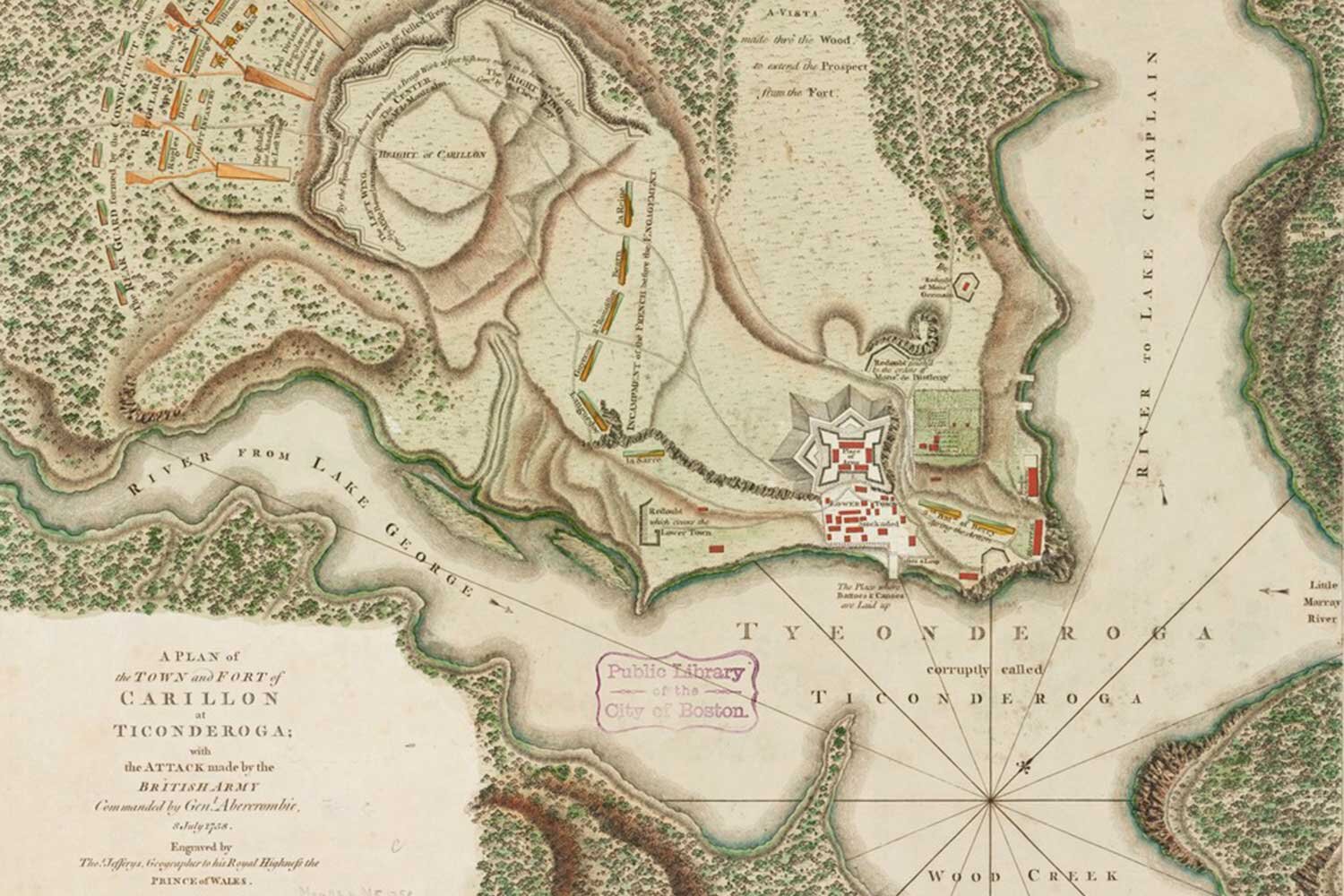
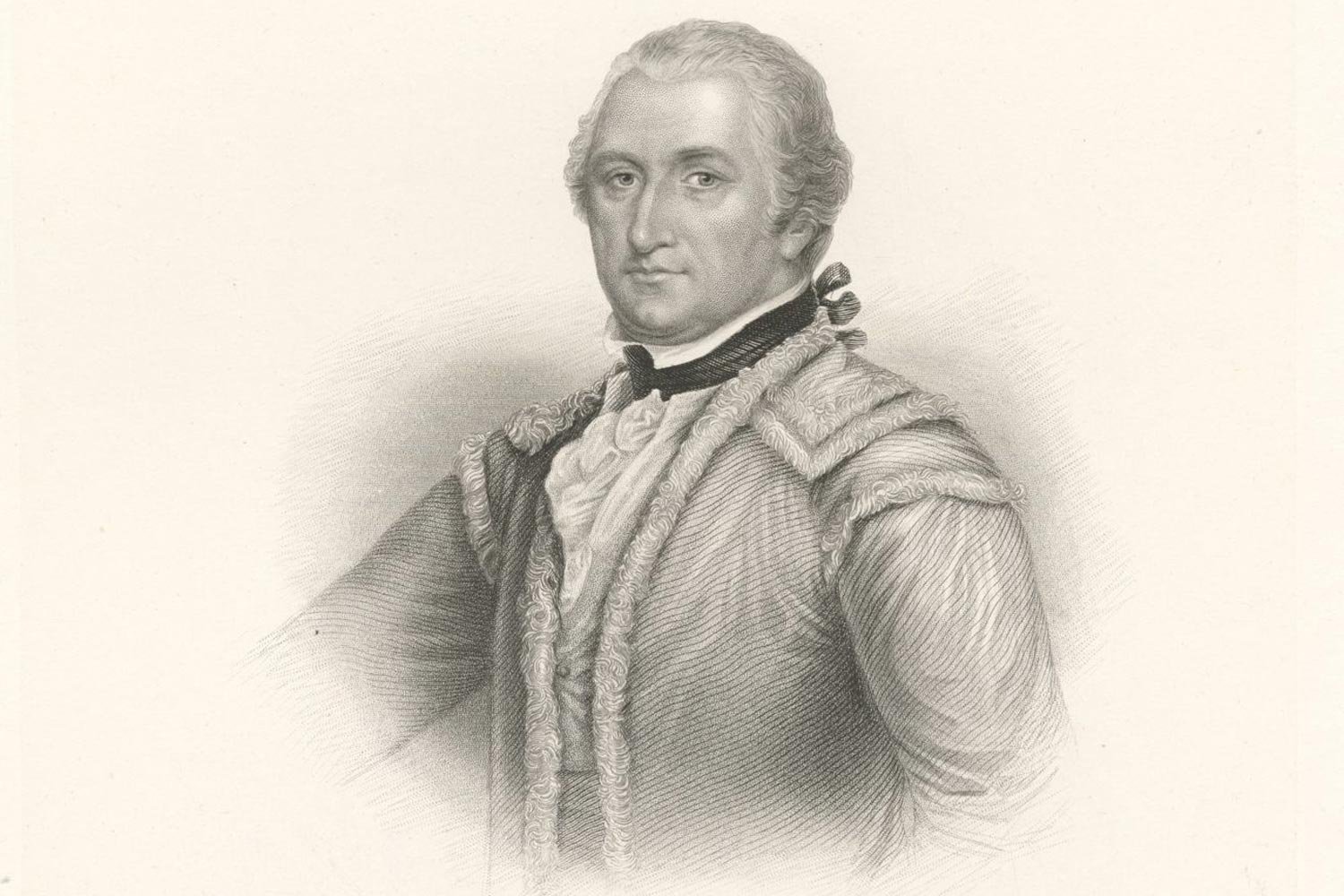
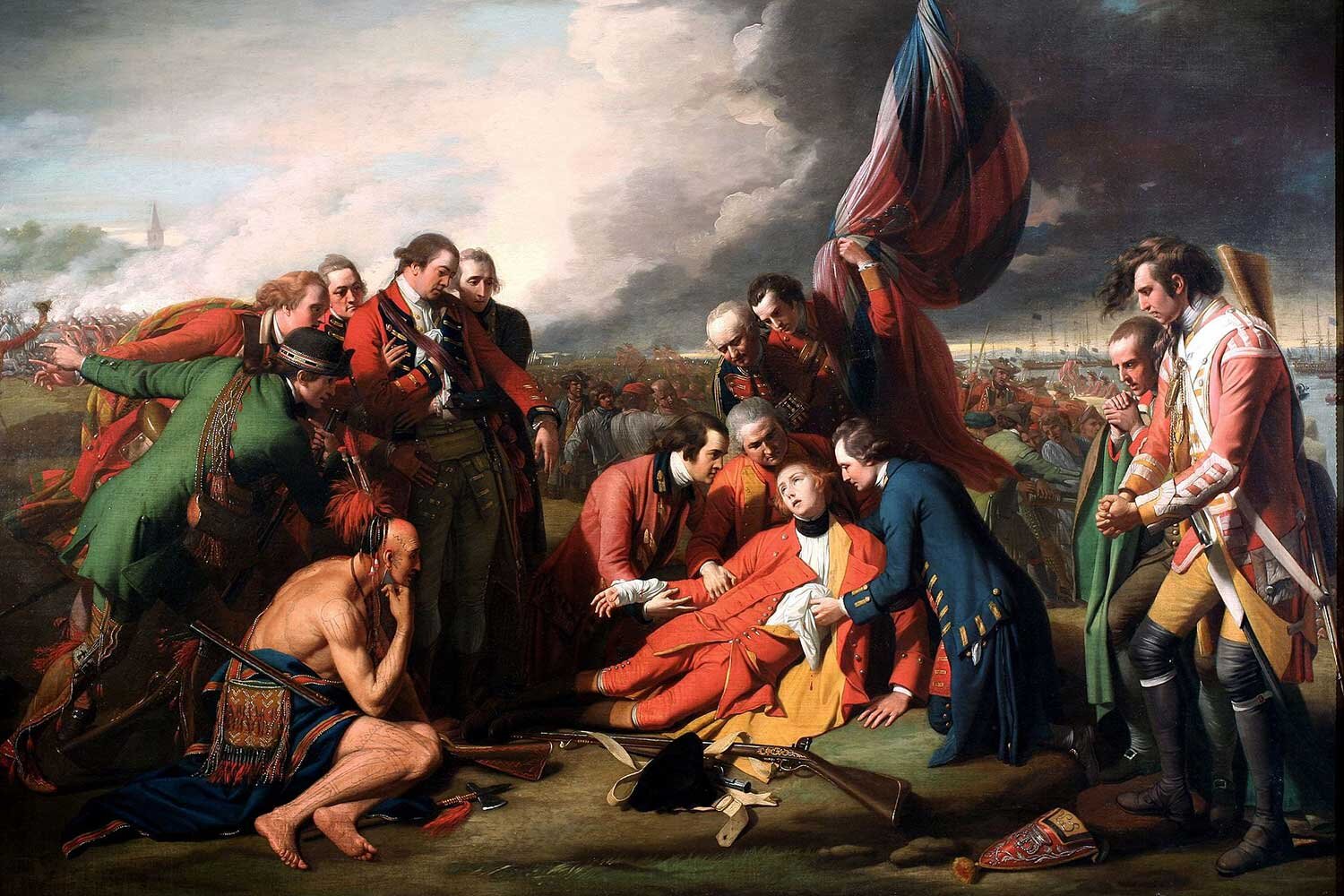
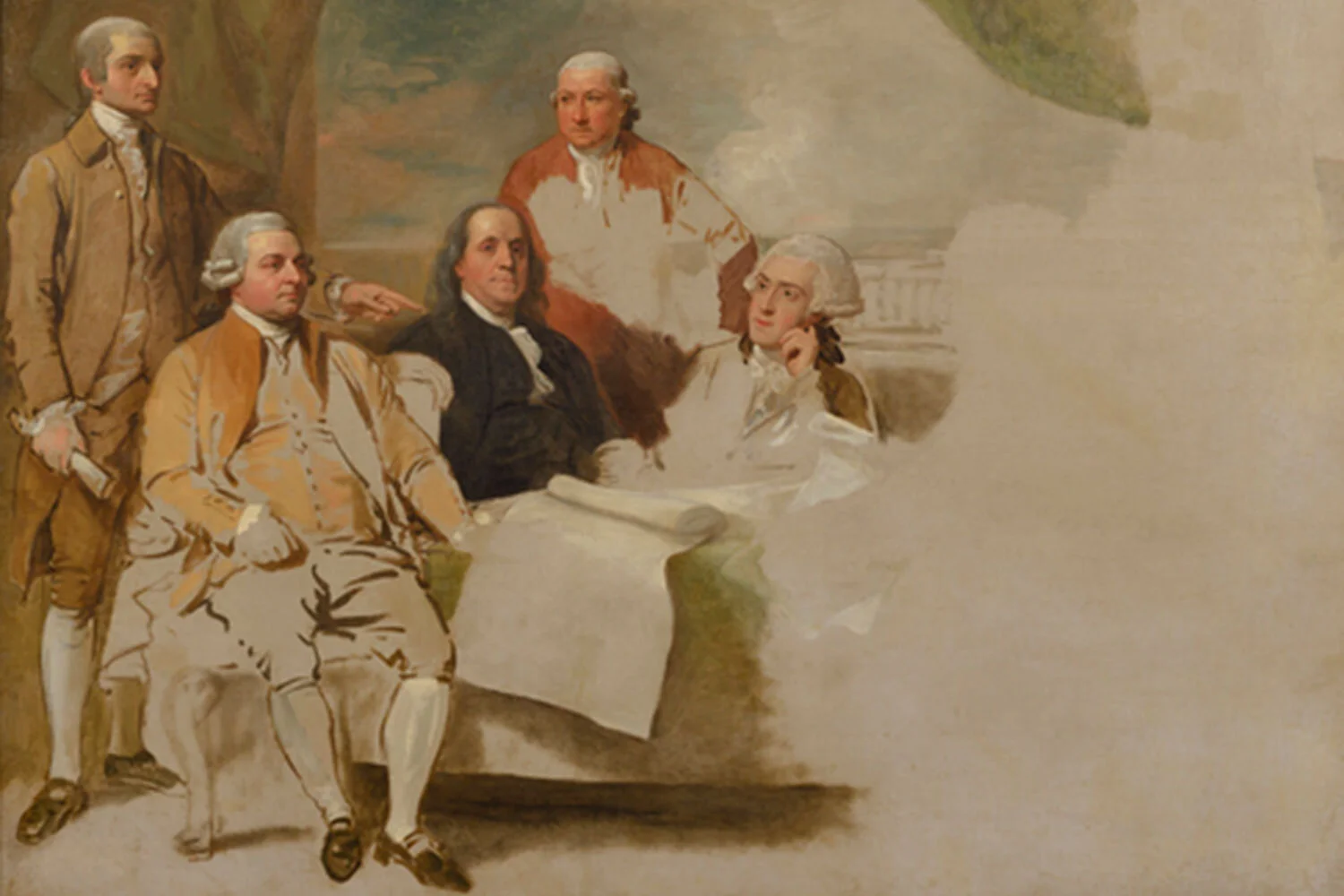
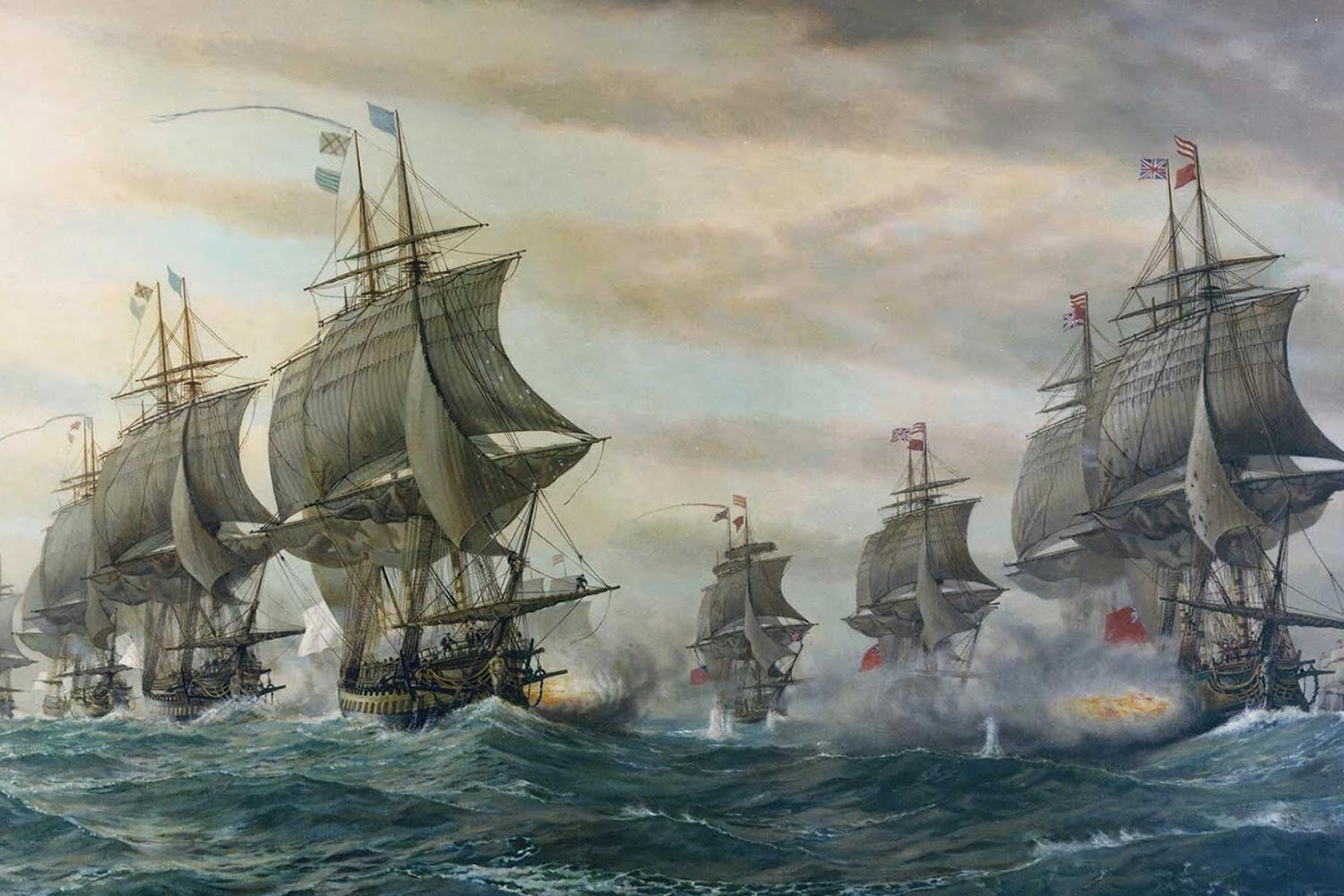
The British American experience since 1607 when the first English settlers arrived in Jamestown had largely been confined to the eastern seaboard north of Spanish Florida. As the British began to expand beyond this Atlantic bubble in the mid-1700s, they came into conflict with their longtime nemesis, the French, primarily over which nation would dominate the lucrative fur trade in the Ohio Country.